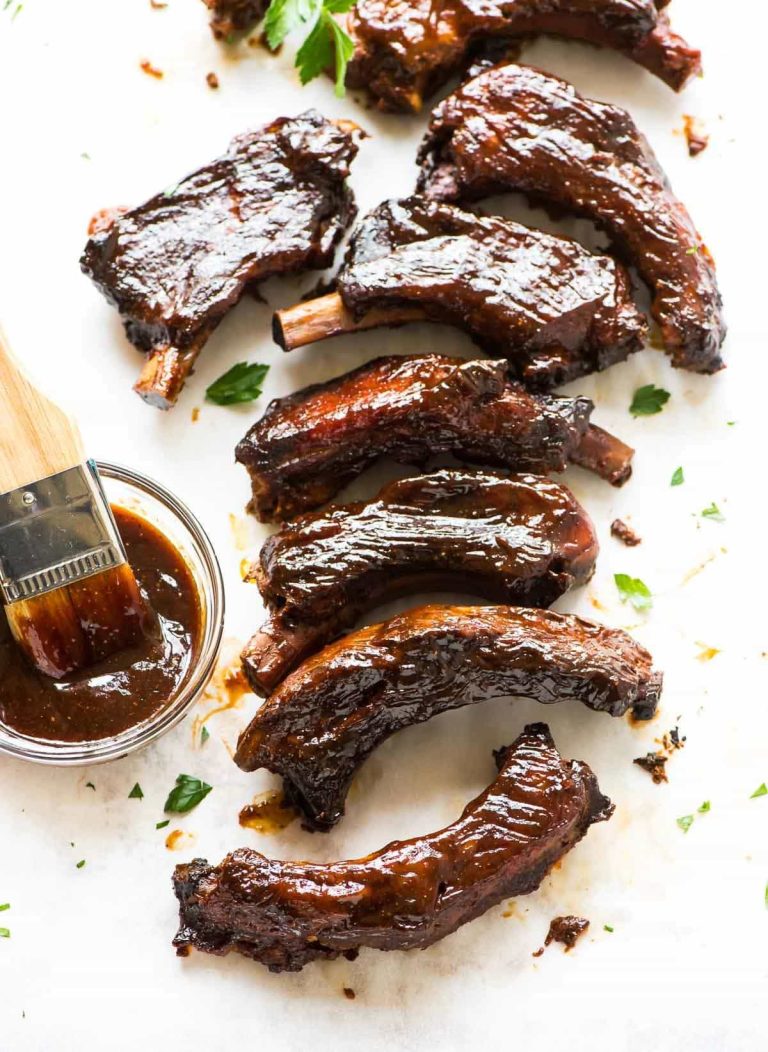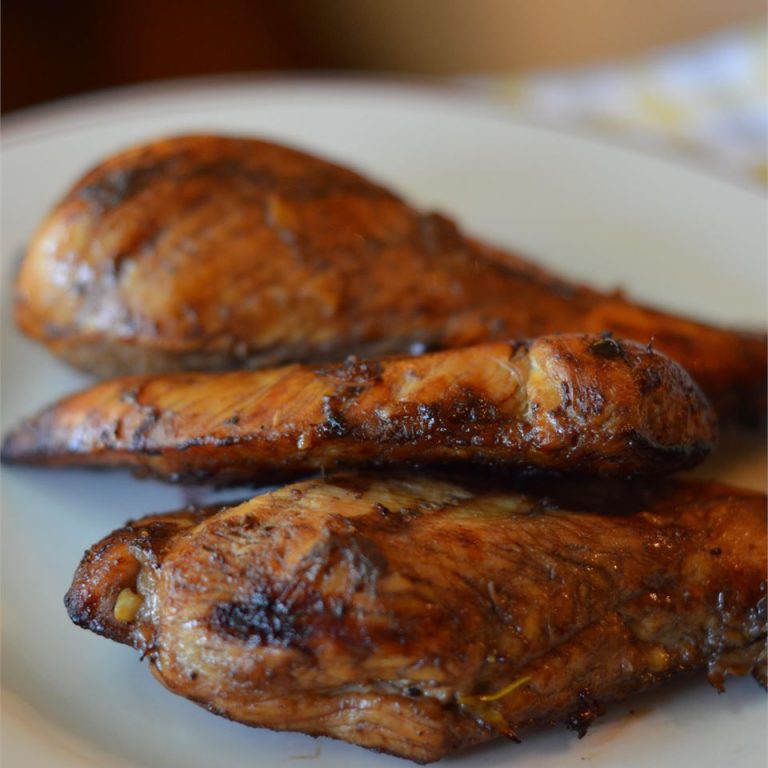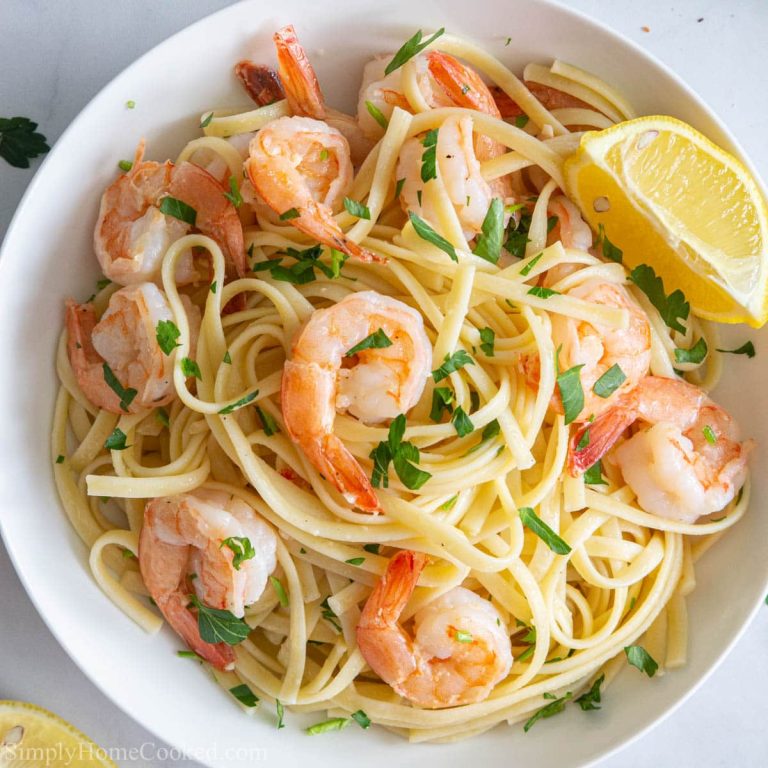Mock Chicken Legs: History, Preparation, and Where to Find Them
Mock chicken legs, also known as city chicken, originated in the early 20th century in the United States. This dish became popular during the Great Depression when chicken was expensive and hard to find. Innovators created a cost-effective alternative by using ground meats like pork or veal, shaping them onto skewers to resemble chicken legs. These mock versions retained the convenience of finger foods and became a nostalgic comfort food for many families.
Ingredients Typically Used
Mock chicken legs often include various plant-based or meat-based alternatives. Common plant-based ingredients are soy protein, vital wheat gluten, and vegetable oils. These components create a texture resembling real chicken. For meat-based versions, ground pork and veal are frequently used. Both plant-based and meat-based versions often get seasoned with garlic, onion, and savory herbs, providing a rich and satisfying flavor profile.
Why Mock Chicken Legs Gained Popularity
Vegetarian and Vegan Trends
Mock chicken legs gained popularity with the rise of vegetarian and vegan lifestyles. Plant-based diets have seen a significant increase due to growing health awareness and ethical concerns. Mock chicken legs cater to these diets by using ingredients like soy protein and vital wheat gluten. These alternatives provide a similar texture to meat, making it easier for individuals to transition from meat-based diets. According to a 2020 report by the Good Food Institute, plant-based food sales grew by 27% in the past year, reflecting increased consumer demand.
Health and Environmental Considerations
Health and environmental considerations also contributed to the popularity of mock chicken legs. Consumers are more aware of the health risks associated with high meat consumption, such as heart disease and certain cancers. Plant-based mock chicken legs offer a lower-fat alternative with no cholesterol, aligning with dietary guidelines for reduced risk of chronic illnesses. Additionally, plant-based alternatives have a smaller environmental footprint. According to the Environmental Working Group, producing plant-based foods results in lower greenhouse gas emissions compared to meat production. These factors make mock chicken legs an attractive option for health-conscious and environmentally aware consumers.
How to Prepare Mock Chicken Legs
Cooking Techniques
Mock chicken legs, or city chicken, can be prepared using several cooking methods. Frying remains one of the most popular techniques, offering a crispy exterior. Coat the skewered meat or plant-based substitute in flour, egg wash, and breadcrumbs before frying in hot oil until golden brown.
Baking provides a healthier alternative. Preheat your oven to 375°F (190°C), and place the coated mock chicken legs on a baking sheet. Bake for 25-30 minutes or until crisp and cooked through.
Grilling adds a smoky flavor. Brush the mock chicken legs with oil or marinade, and grill over medium heat for 5-7 minutes per side. Ensure they reach an internal temperature of 165°F (74°C) for safety.
Suggested Recipes
Classic Fried Mock Chicken Legs
- Ingredients: Pork or plant-based ground meat, skewers, flour, eggs, breadcrumbs, oil for frying.
- Instructions: Shape the meat onto skewers. Dredge them in flour, dip in egg wash, and coat with breadcrumbs. Fry in hot oil until golden brown, approximately 4-5 minutes per side.
Baked Parmesan Mock Chicken Legs
- Ingredients: Plant-based or pork ground meat, skewers, flour, eggs, breadcrumbs, grated Parmesan, olive oil.
- Instructions: Shape the meat onto skewers. Mix breadcrumbs and Parmesan. Coat the skewers in flour, dip in egg wash, and roll in the breadcrumb mixture. Drizzle with olive oil and bake at 375°F (190°C) for 25-30 minutes.
- Ingredients: Plant-based or pork ground meat, skewers, BBQ sauce.
- Instructions: Shape the meat onto skewers. Brush generously with BBQ sauce. Grill over medium heat for 5-7 minutes per side, basting occasionally with more sauce.
Mock chicken legs offer versatile preparation options, suitable for various dietary preferences and cooking styles.
Comparison With Real Chicken Legs
Taste and Texture Differences
Real chicken legs offer a distinct taste and texture due to their natural composition. The meat, often juicy and tender when properly cooked, has a fibrous density typical of poultry. In contrast, mock chicken legs, crafted from ground meats like pork or veal, exhibit a different mouthfeel. These alternatives provide a unified texture, without the muscle fibers found in actual chicken. The flavor profile also varies; while mock chicken legs can mimic chicken taste, the seasoning and type of meat used contribute to slight differences. For example, pork-based mock chicken legs may have a richer, meatier flavor compared to veal versions.
Nutritional Content
Examining the nutritional content, real chicken legs and mock chicken legs present varied profiles. Real chicken legs offer high protein levels, essential vitamins like B6 and B12, and minerals such as zinc and iron. They also contain varying amounts of saturated fat and cholesterol depending on preparation.
Here’s a nutritional comparison:
| Nutrient | Real Chicken Legs (100g) | Mock Chicken Legs (100g) |
|---|---|---|
| Calories | 165 | 200 |
| Protein | 27g | 15g |
| Fat | 4g | 12g |
| Carbohydrates | 0g | 10g |
| Sodium | 70mg | 400mg |
Mock chicken legs’ nutrition depends on the type of ground meat and additional ingredients. Typically, they contain higher sodium due to seasoning and processing. Protein content may be lower, especially in plant-based versions, which often include binders like breadcrumbs that increase carbohydrate content. Analyzing these differences aids in choosing the option that best aligns with your dietary needs and preferences.
Where to Find Mock Chicken Legs
Restaurants Serving Mock Chicken Legs
Several restaurants pride themselves on serving mock chicken legs. Many diners and family-owned restaurants in the Midwest, particularly in Ohio, Michigan, and Pennsylvania, feature these nostalgic dishes on their menus. For example, Tony Packo’s in Toledo, Ohio, and Supino Pizzeria in Detroit, Michigan, offer well-loved versions. Authentic Polish and Eastern European eateries, such as Eva’s in New York City, also include mock chicken legs as part of traditional comfort food offerings. If you’re seeking a specific dining experience, checking local reviews on platforms like Yelp or TripAdvisor ensures you find highly recommended spots known for their mock chicken legs.
Store-Bought Options
Mock chicken legs are often available at supermarkets and specialty stores. In the Midwest, grocery chains such as Meijer and Kroger stock them in their meat sections, especially around holidays or local festivals. Additionally, stores like Whole Foods and Trader Joe’s provide pre-packaged versions for those who prefer convenient options. Online retailers, such as Omaha Steaks and Goldbelly, ship mock chicken legs directly to your doorstep. For those with specific dietary needs, it’s possible to find gluten-free or lower-sodium versions in health-focused stores or online marketplaces like Amazon.
Conclusion
Mock chicken legs bring a unique blend of history, nostalgia, and culinary versatility to your table. Whether you’re drawn to their comforting flavors or intrigued by their economical origins, these tasty treats offer something for everyone. With various preparation methods and dietary options available, you can easily tailor them to suit your needs. So why not give mock chicken legs a try and discover a delicious piece of culinary history?





